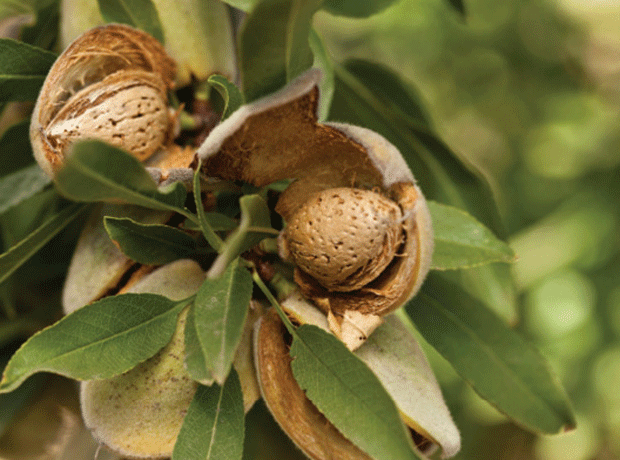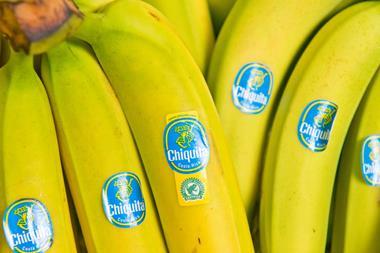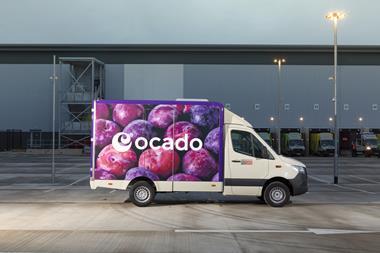The world’s largest producer of almonds, California, is set for yet another record-breaking year - but despite bumper crops, buyers should not be expecting bargain prices.
The Californian almond harvest is currently forecast to come in at about 953,000 tonnes - up 3% on 2011’s record crop - with yields expected to reach an all-time high of 3.02 tonnes per hectare, up from 2.99/hectare last season. Plantings have also risen, with the acreage of almond-bearing trees standing at about 316,000 hectares this year, compared with 308,000 a year ago and 221,000 in 2002.
Increased availability from California - which produces 80% of the world’s almonds - has contributed to almonds becoming increasingly affordable when compared with other nuts. In Europe, the price of Californian almonds stood at about $5,430/tonne in June 2012 - the highest level since 2008 but still $2,050/tonne cheaper than Brazilian cashew nuts and $650/tonne cheaper than Turkish hazelnuts.
Commodity prices 21 July: grain prices still soaring
The soaring price of grain continues to be the dominant story in the commodities markets for yet another week, with the weather the key concern. Weather forecasts for the US Midwest are predicting continued hot and dry weather, while wet weather is taking its toll on the crops of Northern Europe and delaying harvests.
At £201.1/tonne, French milling wheat is now 15.4% dearer than last year, having increased by another 20.4% over the past month, while French maize and UK feed wheat are both up by about 20% month-on-month.
Rye prices, however, have continued to fall despite lingering problems with drought in Russia, thanks to a healthy looking crop in the EU, particularly in Germany.
Almonds are likely to stay cheaper than these nuts, but prices to UK and European buyers could firm up in the medium term, as concerns grow about the Spanish almond crop.
Fierce competition between Spanish and Californian almond producers normally keeps prices competitive, but poor rainfall in Spain between December and April is expected to have caused considerable harm to the country’s almond production.
The Spanish crop is typically harvested from September and, depending on the extent of the damage caused by the drought, the EU may have to increase its imports from California - and pay higher prices.
With global demand for almonds showing no sign of slowing down, California’s prolific almond farmers could be laughing all the way to the bank this year.



















No comments yet